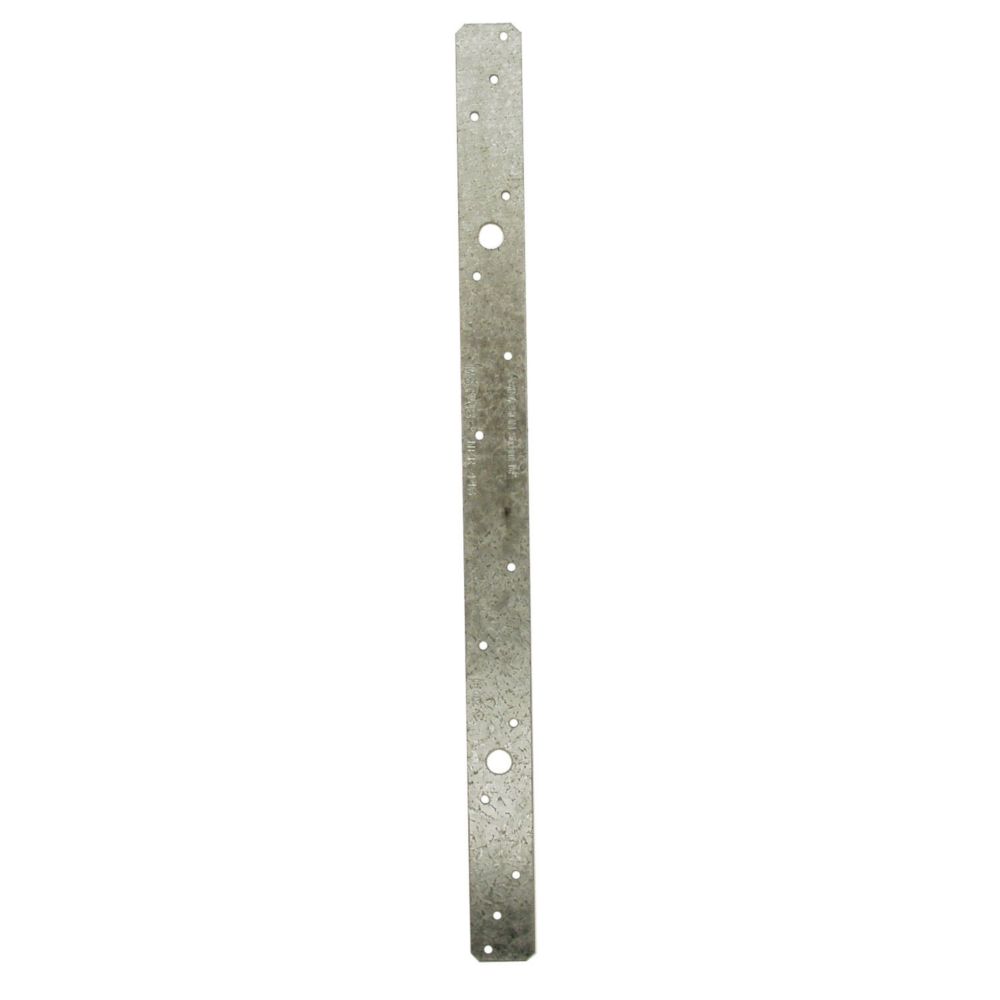

Trussed rafter roof bracing systems are designed to provide adequate stability to the entire roof structure and it is recognised that, providing the straps are located at suitable positions and centres to accommodate the requirements for wall restraint, the longitudinal bracing members, generally comprising 25mm x100mm sawn timber, together with their fixings to the trussed rafters should be adequate to transfer the forces from the restraint straps to the roof construction.Ī programme of testing was undertaken on sample assemblies comprising standard 30mm x 5.0mm thick x 1200mm long steel restraint straps fixed to lengths of 25mm x 100mm sawn timber members, as supplied for bracing timber to trussed rafter roofs.

In 2015 therefore, NHBC initiated an investigation into the capacity of longitudinal roof bracing and in particular the fixings between the LRS and the bracing members, to resist horizontal forces at roof level. Frequently, builders fix LRS to roof longitudinal bracing timbers rather than to noggings fitted tight between the trussed rafters at rafter and ceiling chord levels, as illustrated in the foregoing guidance documents.ĭespite the emphasis placed on the importance of correctly fixing restraint straps in the Standards Extra 43 article, the results of the NHBC survey revealed that the use of the longitudinal bracing system persists particularly in England and Wales.Īlthough the practice does not necessarily result in any detrimental effects to restrained walls, it is difficult to prove the adequacy of the detail by calculation in compliance with British Standards. Collar ties, contrary to popular belief, do not prevent walls from spreading.This article highlights situations where it might be considered acceptable to fix LRS in this way and describes proposed amendments to NHBC Standards 2017 edition to accommodate an alternative fixing arrangement.Įvidence from an NHBC internal survey in August 2012 indicated that LRS, used for tying walls to trussed rafter roofs, are not always fixed in the manner recommended in Building Regulations, NHBC Standards, Standards Extra 43 article on ‘Gable walls – the importance of restraint’ (December 2008) or other authoritative documents.

Where they are required, they should be installed on every other rafter where rafters are on 24-inch centers.Collar ties are probably not needed if approved metal connectors were used to fasten the rafters to the ridge.InterNACHI inspectors should not call out a lack of collar ties as a defect unless they know that collar ties were required in the jurisdiction where the home is located at the time the home was built. They may or may not be required, depending on the jurisdiction.In high-wind areas, uplift can tear a roof off of a house if it's not properly attached.Ĭollar ties and ridge straps should be installed on roof with a minimum slope of 3:12, a maximum wind speed of 100 miles per hour, and a maximum roof span of 36 feet. They must be spaced no more than 4 feet (1219 mm) apart. They must be at least 1 inch by 4 inches (25 mm by 102 mm).

If collar ties or ridge straps are installed to connect opposing rafters, they must be located in the upper third of the attic space. Ridge straps are permitted to replace collar ties. A collar tie is a tension tie in the upper third of opposing gable rafters that is intended to resist rafter separation from the ridge beam during periods of unbalanced loads, such as that caused by wind uplift, or unbalanced roof loads from snow.


 0 kommentar(er)
0 kommentar(er)
